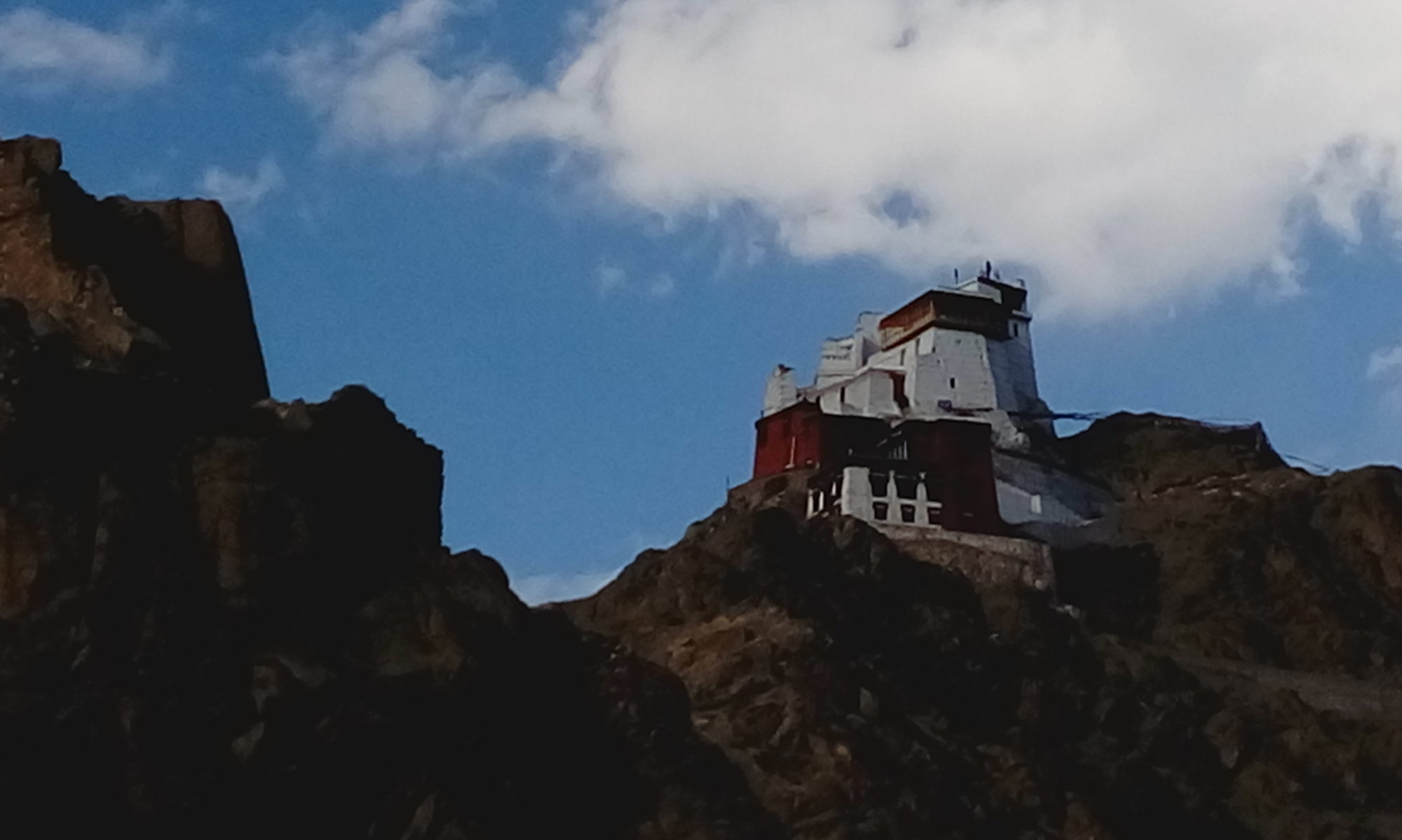The pachyderms with their famed elephantine memory won’t be thanking one of their own anytime soon in Digboi, if the local lore is to be believed. It goes that sometime in the 1860s, out of the steaming jungles at the foothills of the Patkai Mountains emerged an elephant, its leg wet with mud mixed with traces of oil. An observant employee of the Assam Railway and Trading Co pounced on the prospect of black gold. Soon the labourers were being exhorted to ‘dig-boy-dig’…and the rest is history…
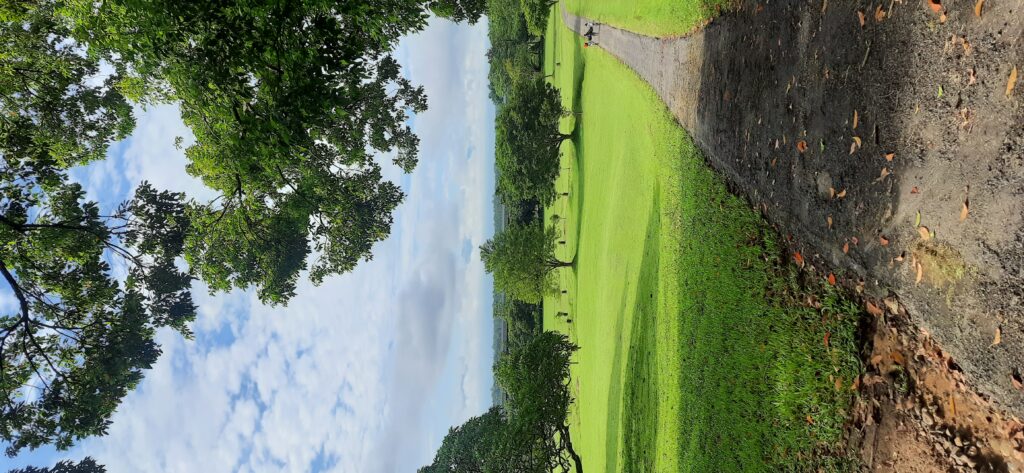
Assam is what I call river country. It is also tea country and what a lot of us forget the original oil country. The first mention of oil here was made by army officers and geological surveyors way back in the 1820s. It seemed to seep out and mix in the waters of the Dihing River. Within years of the first oil well being dug in 1859 in the USA and decades before the sheikh’s of the Middle East’s desert discovered their wishing wells, the first oil well was hand dug in Digboi. Making it not only India’s oldest but Asia’s first oil well. Its to this oil town nestled on the fringes and mounds of tropical forests, the traditional elephant corridors now cut off by walls that we headed to.
Read about Rajasthan’s wells in- Harlequin Holi at Todaraisingh
Verdant Valley Burns Bright
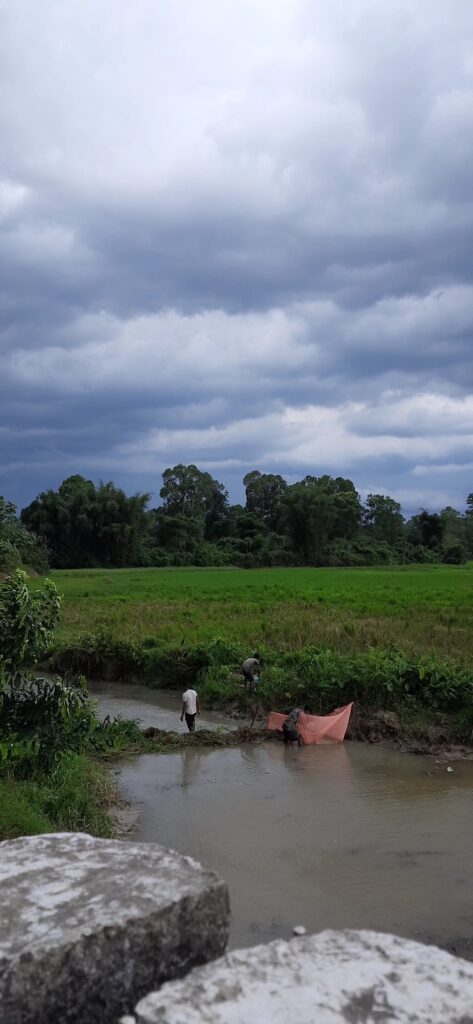
Stormy clouds follow on our heels as we drive to Digboi through a flat valley. The wind blows every shade of green around us. The bamboos creak and bend, the paddy fields flatten out and streams ripple as the water is hurried along. The locals here are accused of being laid back. A passing sight paints a complete picture- In front of a neat little thatched hut is a pond with ducks grooming themselves. A small lush paddy field is lined with slender areca nut trees. What more does a man need? A little distance ahead a strange vision appears in a vast field…a fire rages in a brick house with no roof. I doubt any roof would survive that blaze! (On the way back we see a drilling rig parked nearby.)The open fields end as we hit the small town of Digboi, it’s center dominated by the curving high walls of India’s oldest continuously running oil refinery since 1901. A road skirts along and on the other side of the road bumpy hillocks rise, covered in thick foliage.
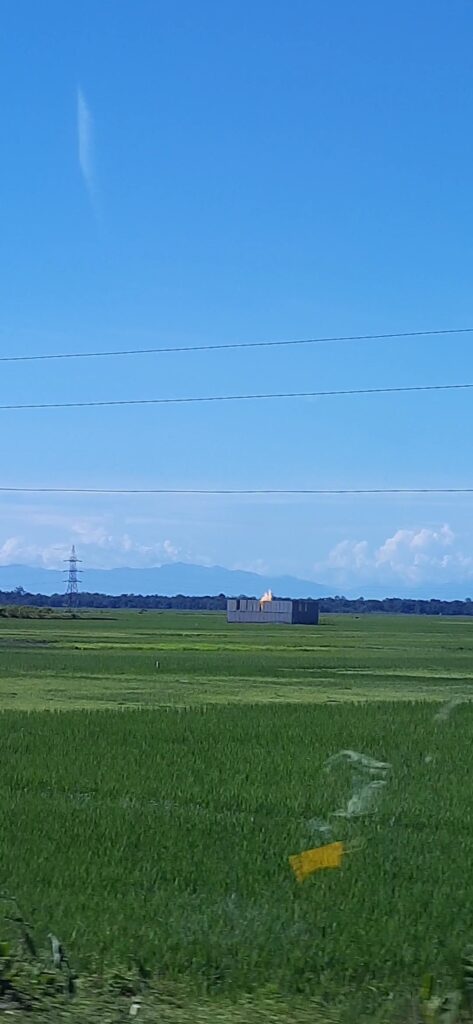
Digboi’s Date with Destiny
I’m not a museum person but I have encountered the most passionate people in museums. Digboi’s Oil Centenary Museum is no exception. The person incharge walks us through the deserted museum lovingly pointing out each archaic piece of machinery on display. He is clearly an Anglophile. (Only to be beaten by the even more passionate incharge of Margerita’s Coal Museum. As far as he was concerned no progress has been made after the Brits left Margerita…ironically named after an Italian queen!)
Hear another queen story when- A Bard Sings a Story in Jhansi
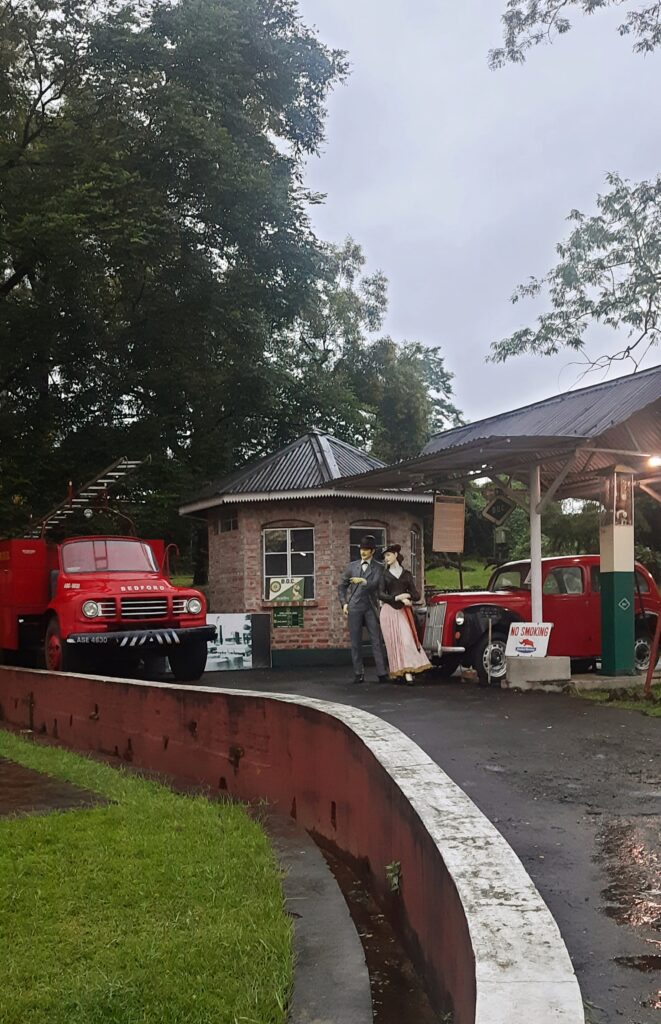
In the museum’s center, life size figures recreate a throwback scene of towering trees, an elephant and a thatched oil well. Bric-a brac of everyday life, pictures of social life, of momentous events and visits, of Joymala- a giant elephant at work, line the walls. Outside apart from machinery and a filling station scene is the 1st oil well. The smell of oil faintly permeates the air as it seeps from the ground to make rainbows in the puddles of water. A tall narrow pipe behind the trees nearby spews fire…an oil well I suppose. The legacy continues.
A Course Par Excellence
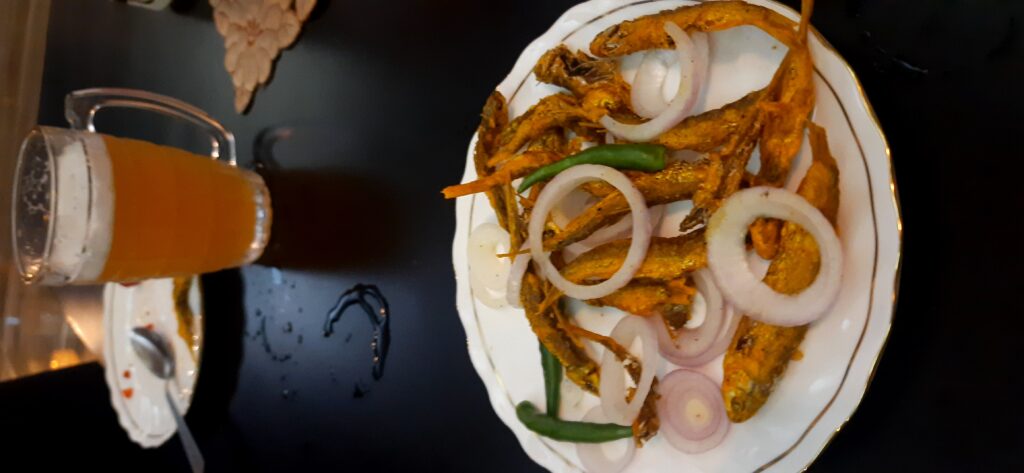
After overeating a dinner which starts with crisp finger sized fish had whole and ends with melt-in-the-mouth caramel custard (The caretaker nodded his head in approval at the choice of pudding. The not-so-secret Anglophile society rules Digboi!) we need an early morning walk. The sun is blazing down even though it is just 7:30 in the morning. (My clock is set at Mirzapur Standard time! Cannot wake up at 5:30..) We stroll down from our guest room at the Patkai Manor crossing similar gorgeous colonial bungalows to the rolling 18-hole green golf course sandwiched between the forested slopes and the rail terminal.
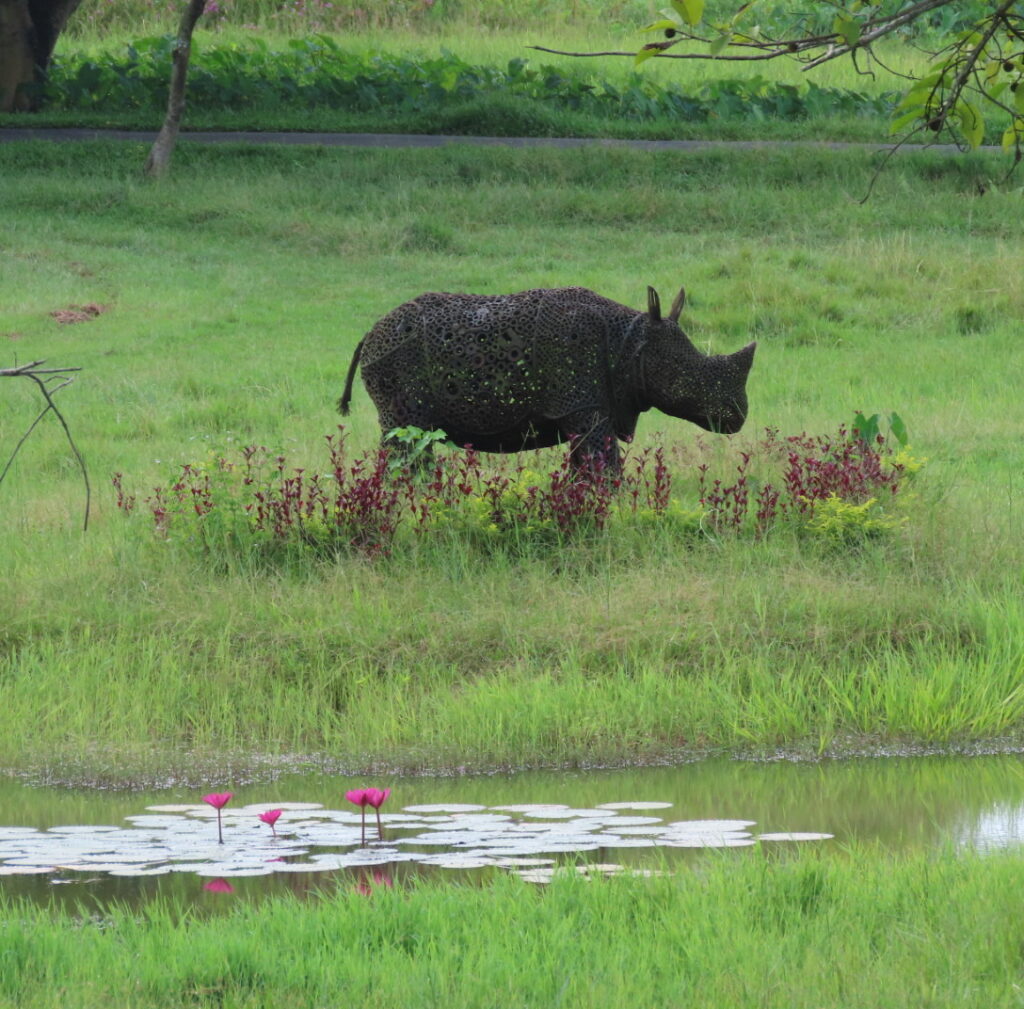
A 3-dimensional emblem of the Assam Oil Co is doing a mock charge at some lovely lilies in a pond near the entrance. After a cart ride through the undulating fairways where flocks of egrets reluctantly take flight to make way (makes me feel like I’m in a Jurassic Park movie!) we have tea in the huge veranda of the Golf Hut. The clouds over the blue Patkai Mountains in front are dissipating in the heat. A traditional elephant corridor to the mountains has literally hit the wall of the rail terminal in front. For the elephants they are mountains too far…. A tree trunk nearby is stained bright orange with lichens thriving in the mugginess of this place. I’m already wilting….
Discover- A Tale of Two Veiled Valleys: Part I- Shangarh’s Meadows are meant for Musing
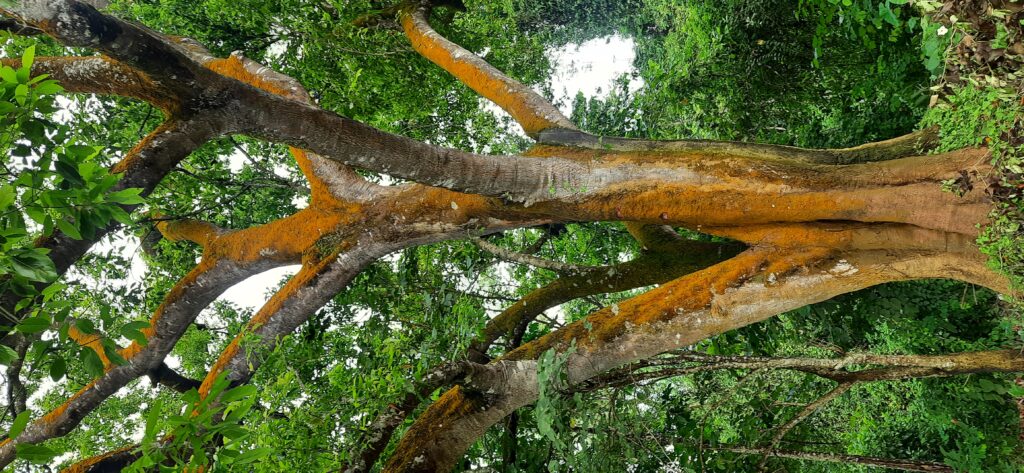
Vestiges of War
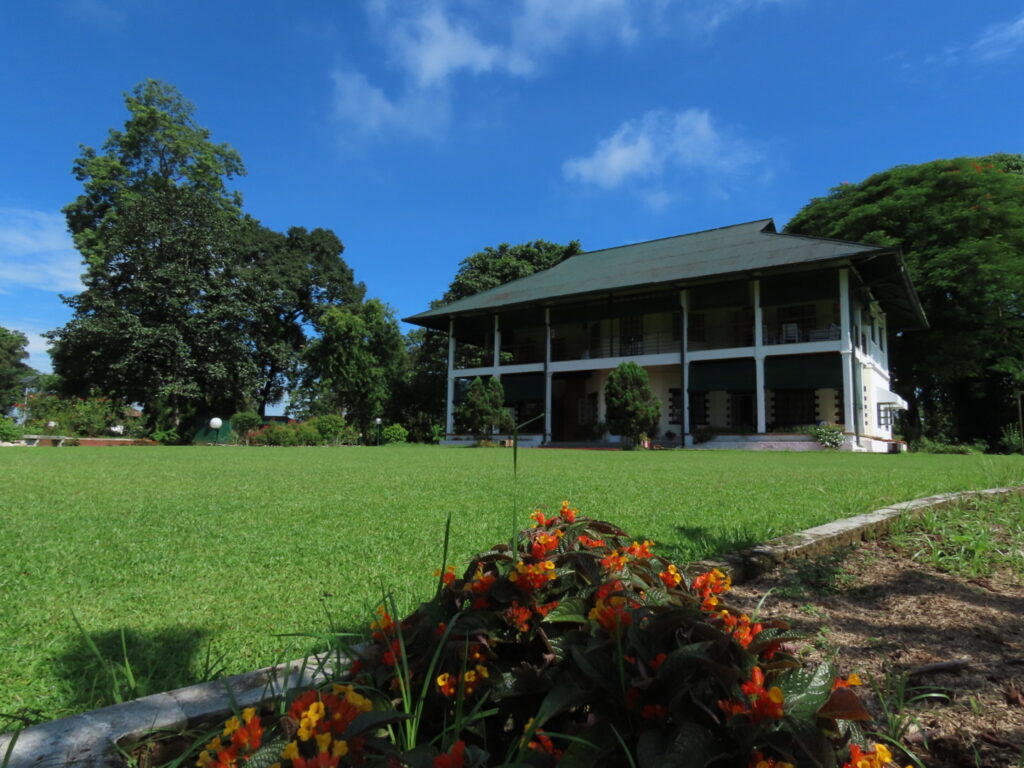
After breakfast and another round of leisurely tea in the deep wooden veranda, which I loathe to leave, we head to the war cemetery just outside town at the edge of the forest. Adjoining it on a mound is a pagoda styled temple. Many graves have been shifted to this place from nearby towns and in the 1950’s the entire graveyard was relocated from its original hillock location.
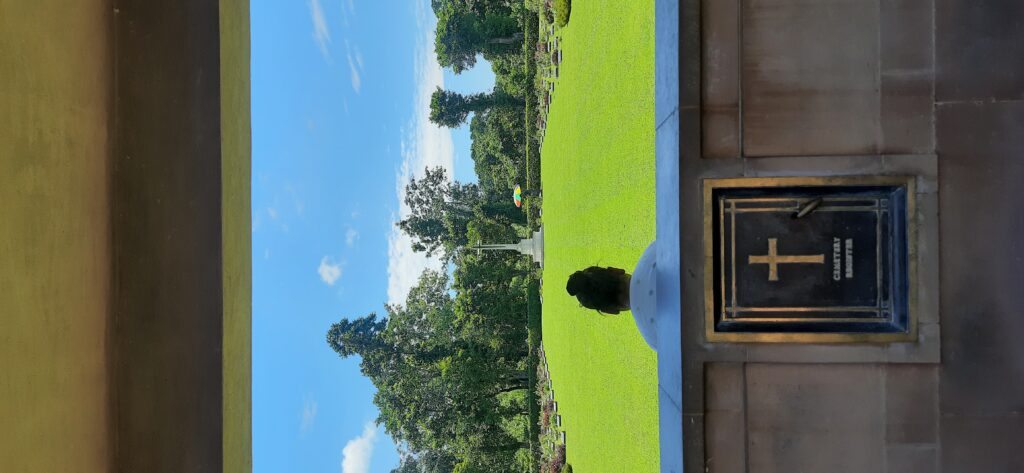
The cemetery is a small somber affair laid out in perfect symmetry. A square stone arch at the entrance is the only construction. A giant cross stands at the other end and in between, neatly laid down, are rows of gravestones. They tell short stories of soldiers from across continents and religions. Even unknown ones acknowledged in death. Plants grow beside each stone. The Burma campaign during World War II had seen the Allied Forces fighting against the Japanese and sometimes nature, to prevail. The Stilwell Road constructed during World War II to aid the Chinese starts from Ledo near Digboi and it is said to have cost a man a mile to construct.
Read about people- At the Darwaza of a Road Less Travelled
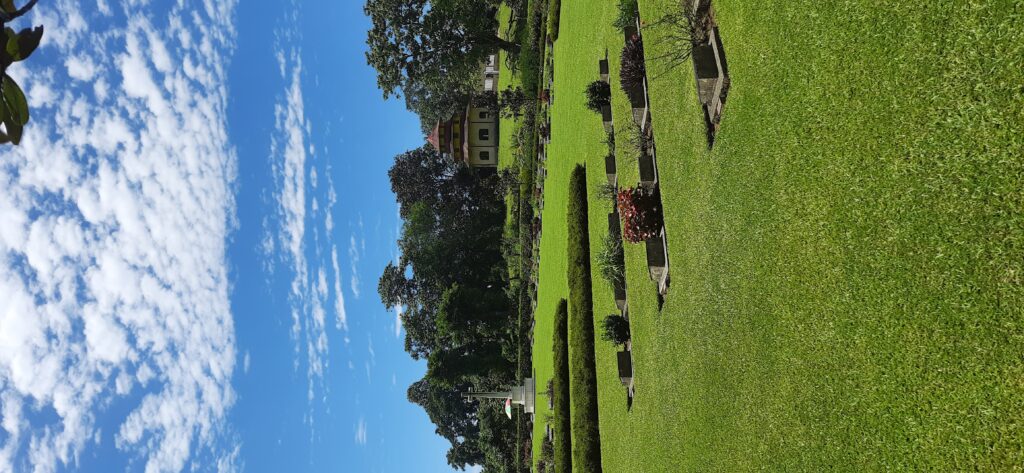
At Digboi, bountiful nature on the surface and from deep within is on show. But it is also where it is starkly obvious that when nature gives it extracts its pound of flesh too, from man and beast alike.
Fact File–
Getting there-
Mohanbari airport at Dibrugarh is appox 65kms.
Tinsukia at about 36 kms is the nearest major rail junction, although trains from Guwahati come to Digboi too.
Staying-
We stayed at the IOC’s Patkai Manor. There are a few small hotels and guest rooms in and around town.
Timings-
1. Digboi War Cemetery-
Summer- 8:00 am – 5:00 pm
Winter- 8:00 am – 4:00 pm
2. Digboi Centenary Oil Museum –
9:00 am – 4:00 pm. Monday closed.
